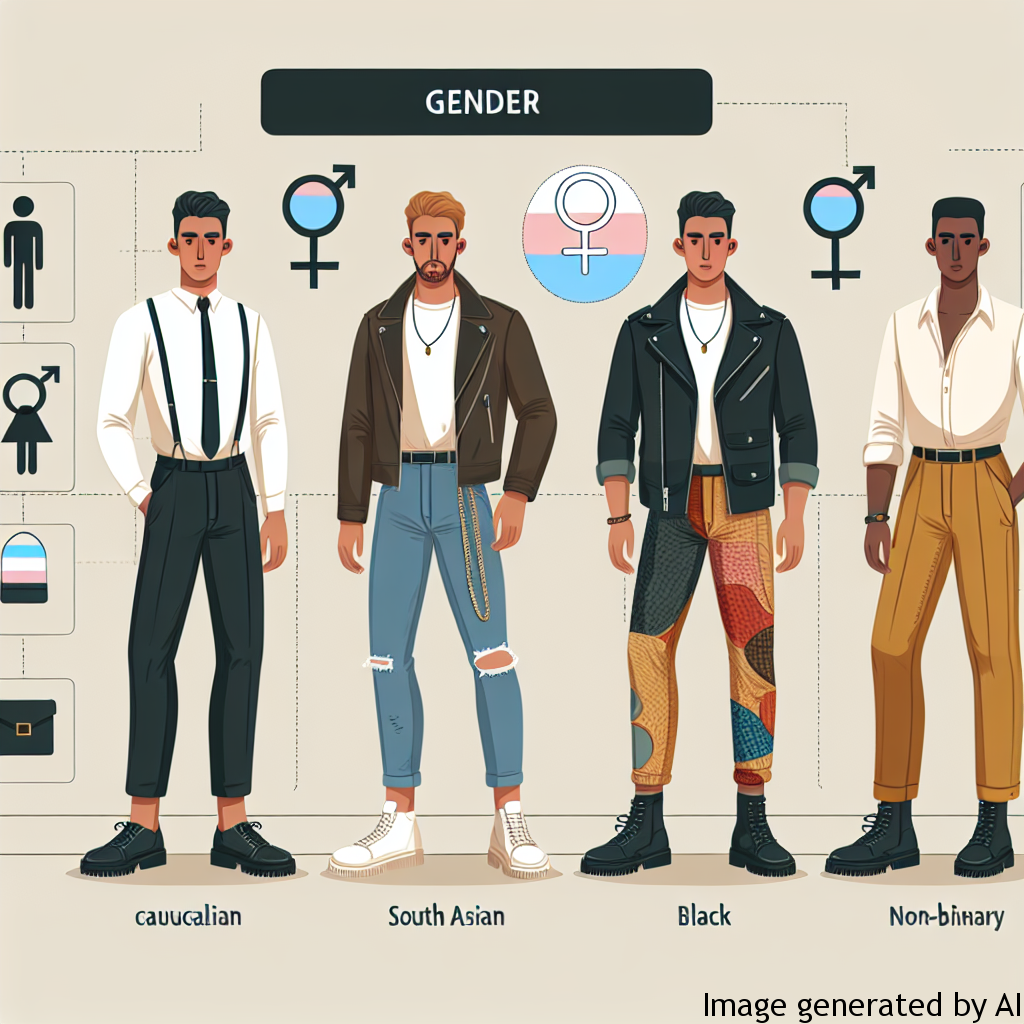Introduction
Fashion, while traditionally considered superficial and trivial, contributes significantly to social concepts and the presentation of individual’s identity, especially in terms of gender. Men’s fashion, in particular, is more than just a means of covering the body or existing in the realm of luxury and aesthetics. It has long been a representation of cultural, societal norms and gender expectations and identity. The following sections discuss the influence of gender expectations on men’s psychological health, examples of how gender roles impact men’s life, and advice on improving mental health with consideration of gender roles.
Description of Gender Expectations and Their Influence on Men’s Psychological Health
The socially constructed gender roles place intense pressure on both males and females. For men, it is often synonymous with the idea of masculinity which doesn’t only involve physical strength but also stoicism, emotional immutability, and financial achievement. With modern society calling for increased “emotional literacy” in men while simultaneously degrading those who conform as “less masculine”, an obvious dissonance is created causing stress, anxiety, and other psychological issues to many men.
The Impact of Men’s Fashion on Gender Expectations
Interestingly, men’s fashion has served both as a platform of enforcing these gender expectations and challenging them. It showcases masculine aesthetics while also enabling men to defy society’s definition of masculinity significantly impacting their psychological wellness. A sharp suit could bolster a man’s confidence in a corporate boardroom as much as it could symbolize oppressive uniformity.
Examples of How Gender Roles Can Influence Men’s Life
For instance, the expectation that men should prefer functionality over aesthetics impacts their fashion choices. Many men face stigma for their interest in fashion, which is often feminized. Additionally, the “men don’t care about clothes” stereotype often leaves men who express a love for fashion to face challenges of being seen as less masculine or heterosexual. Consequently, men may suppress their preferences or interests, which can result in reduced self-expression and in worst-case scenarios, self-esteem issues.
Advice for Improving Psychological Health Considering Gender Roles
Fashion as a form of self-expression should be harnessed for its therapeutic potential. Men should be encouraged to explore personal style and aesthetic senses without fear of judgement or scorn. This exploration presents a chance for men to reject limiting societal categories, and express personality, creativity and individuality. It’s important to remember that clothes do not define a person’s strength, character, or capabilities—traits that truly define what it means to be masculine.
Conclusion
The relationship between masculinity, men’s fashion, and psychological health is complex. It involves societal expectations and gender roles which often place men, particularly those who express themselves via fashion, in a difficult position. While the gender expectations and norms are unlikely to dissolve overnight, embracing fashion as a mode of unique self-expression presents a pathway to challenging these stereotypes and improving men’s psychological health.

